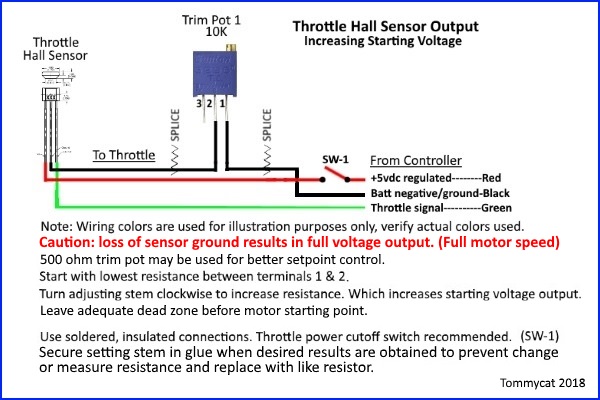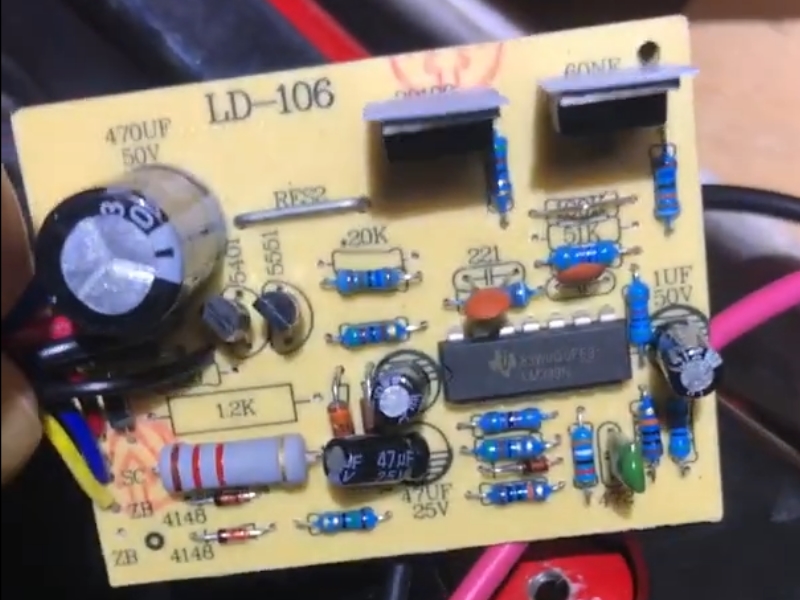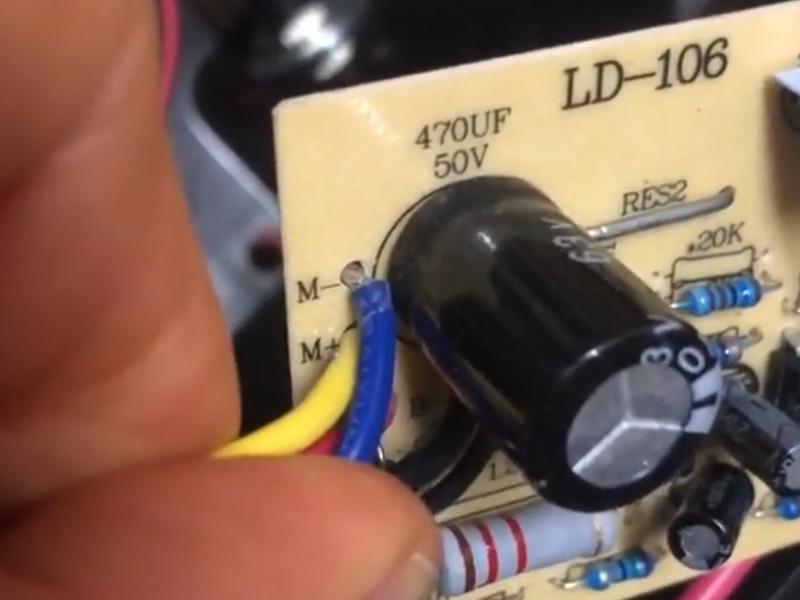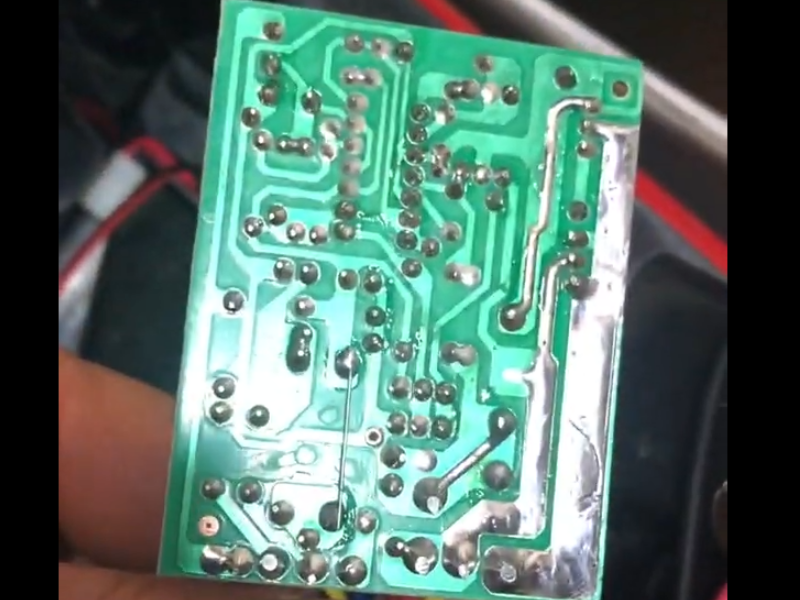TommyCat
10 kW
Jonny333 said:You mean double check it’s still 4.09v?
Was thinking if you have a bad hall throttle sensor or shorting strand of wire or poor connection, perhaps it's dragging the voltage down. Could just be a poor controller voltage regulator. This would require disconnecting the input power to the throttle and rechecking. E-brake still disconnected? (the only other thing that's using the 5vdc regulated power)
It seems to not exceed 4.09v. Would a new controller be the answer?
This may very well be your opportunity to get that controller with the e-lock feature... :wink:





